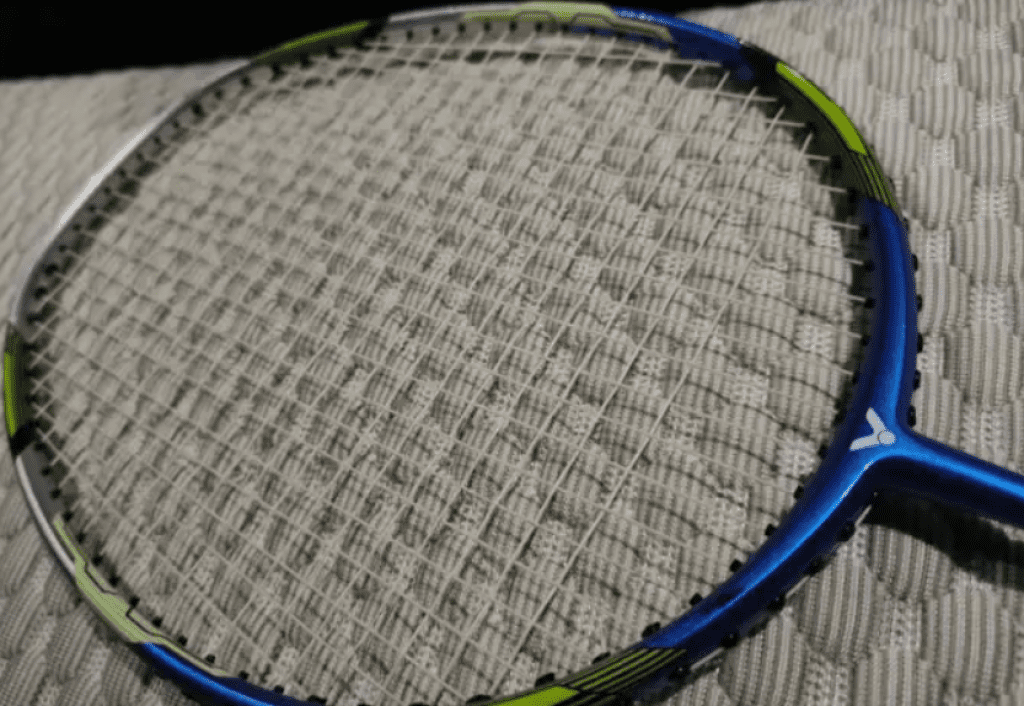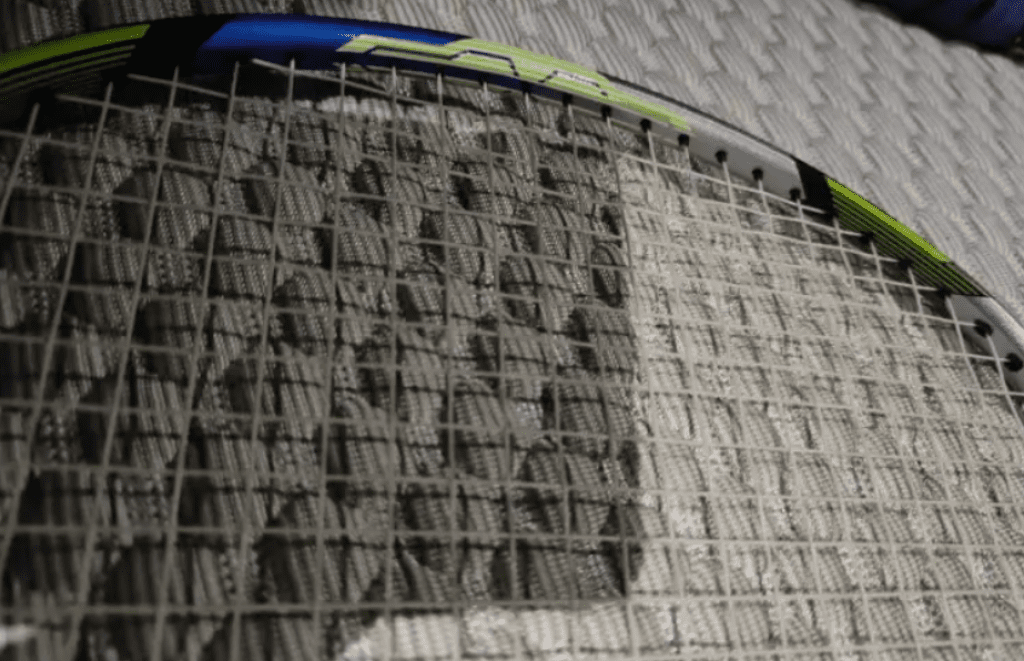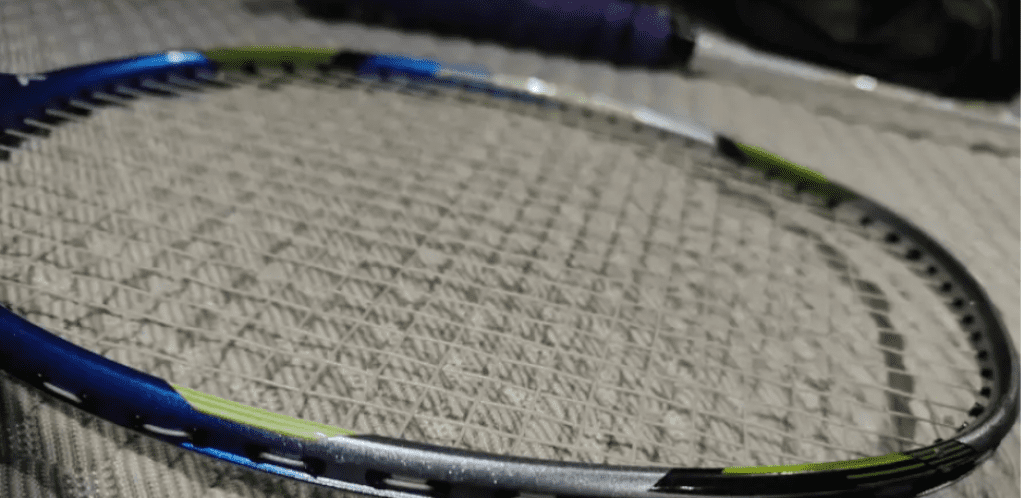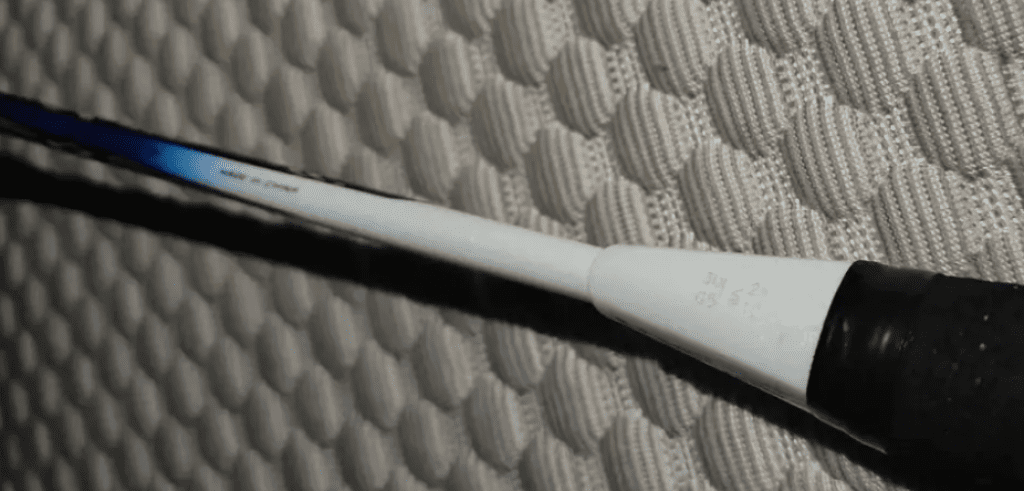I suddenly realized that there’s not much to say about low-end old rackets—they’re not readily available anyway. So, I might as well reveal everything during the All England Championship.
Strike while the iron is hot; let’s try the low-end MX models, and this one with the highest serial number is the MX7600. From the first two digits, 76 seems closer to 80, but it’s not named 8000, which is quite puzzling. Since it’s an old model, it’s hard to find more information from other sources, so let’s consider it as an ordinary entry-level racket.

Specifications:
Weight: 3U G5, with grip, total weight in use: 93.13g, balance point: 288mm, shaft length: 215mm, stiffness: low.
Frame: octagonal aerodynamic frame, 72-hole string bed, grooves at 9-3 points.
String tension: 24 lbs recommended, strung at 23-24 lbs with NS660Ti.
The racket has its own style in appearance, not following the high-end model’s patterns. It’s rare for a higher-end low-end model to have a unique paint job. The symmetrical paint scheme, with rich color layers from silver gray, fluorescent green, white, navy blue, and back to white, along with an unpolished metal-like finish, makes it visually striking. The racket is almost at the mid-range threshold, evidenced by the nano tec below the T-joint. However, the unchanged 7.2mm shaft remains the same.
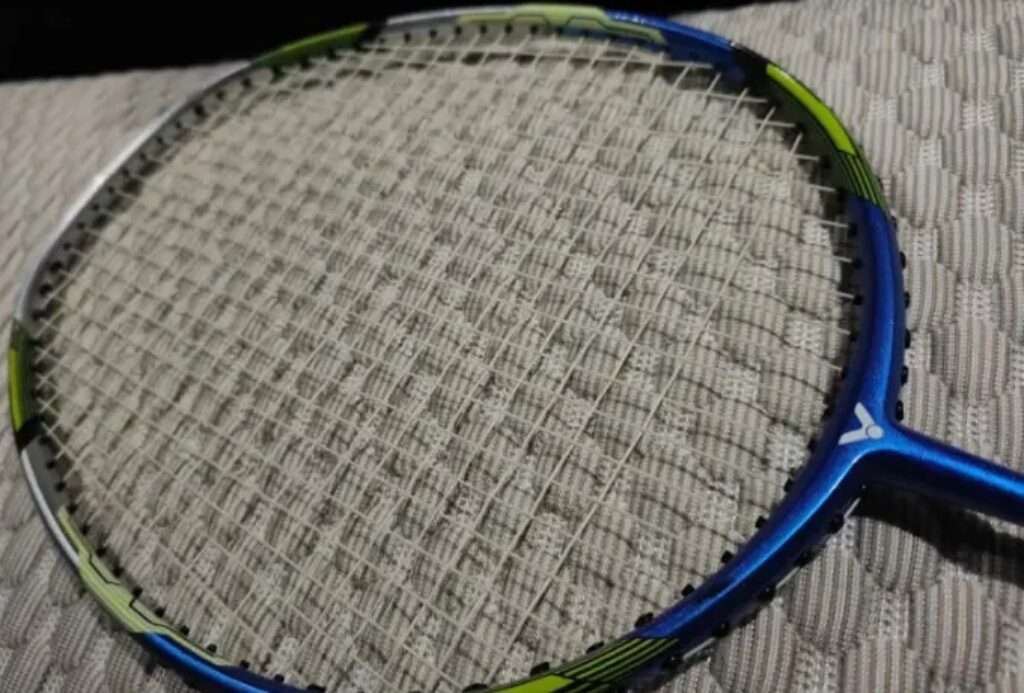
The feel of the racket in hand is surprisingly light, with a very low balance point. For beginners, it might be hard to tell if the 3U designation was changed to 4U. It can directly be used as a speed racket. The 72-hole string bed characteristics have been discussed in previous reviews, so I won’t repeat it. The racket is very user-friendly, with low swing weight, high swing speed, and a relatively soft shaft, making it easy to drive the shuttle. Many times, you can even achieve shaft deformation with just a gentle swing. The power feel is good, allowing easy access to a high hitting point and better accuracy on the sweet spot.
However, the softness of the shaft significantly affects its attacking power and consistency.
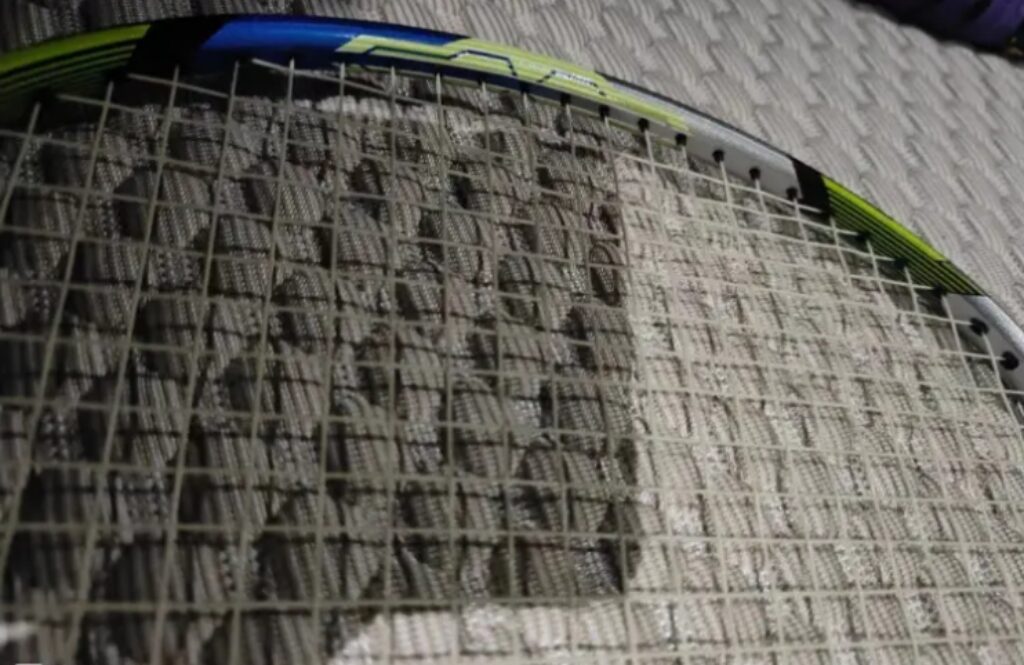
In practical use, the MX7600 shows its friendly side, quickly demonstrating its potential without a break-in period. In doubles play, it feels like hitting the gas pedal on an A0-level electric vehicle at high speed. The racket’s swing speed and agility quickly reveal their advantages, offering more room for play in doubles.
The quick preparation allows for direct smashes from the front, and the racket forms a frame quickly after each shot. However, due to the string state and shaft stiffness, the response speed isn’t fast enough, making it less effective in drives and blocks. This can be improved with better strings.
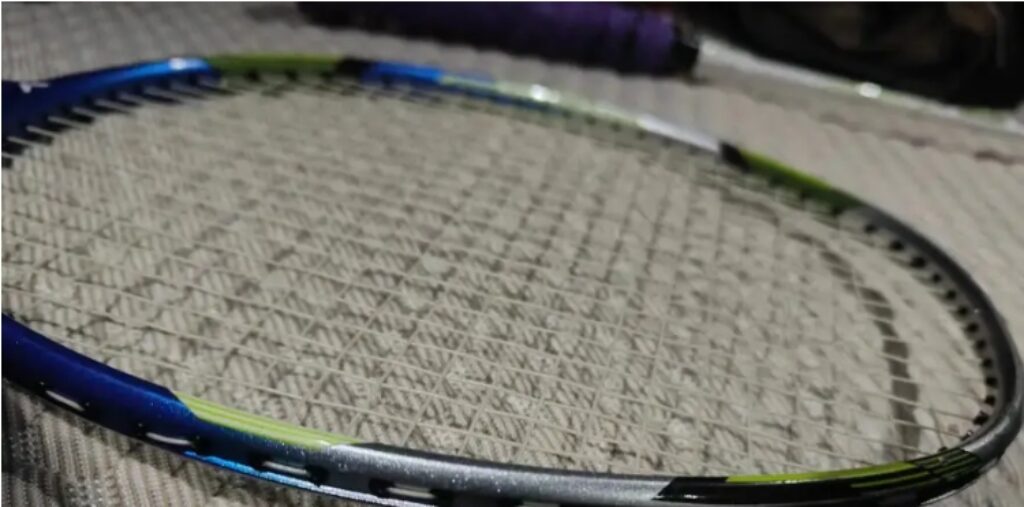
In the mid-court, the MX7600 seems to be more flexible and offers more options than just net play. It handles low or difficult shots with acceptable feel for flicks, cuts, and net returns. Perhaps the racket’s solid feel is just average, but its flexible design makes it convenient for performing fancy moves.
Moreover, for handling passive shots or receiving smashes, if the strings were more elastic, it would perform better. I believe its softness and lightness are advantageous in such situations.
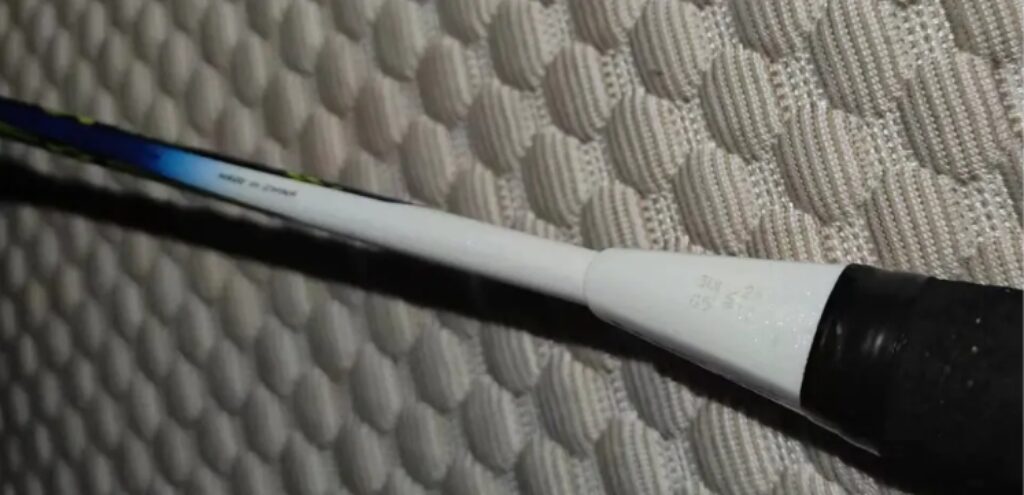
Using the MX7600, it’s quite easy to help teammates gain opportunities for rear-court smashes. However, when it comes to taking on offensive responsibilities in the rear-court, the MX7600 feels too gentle. Despite the good power feel and easy access to high points, both sudden short power and powerful rotation will result in noticeable deceleration. Excluding string issues, the 7.2mm shaft is indeed inadequate and should be firmer. Consequently, while it can produce ideal smashes, it’s unlikely to deliver powerful and fast attacking shots. Fans of heavy smashes might want to avoid this racket. If there’s only consistency without threat, implementing various tactics becomes difficult, and sometimes a simple high clear might be better.
However, from the perspective of a beginner’s racket, there are no issues.



